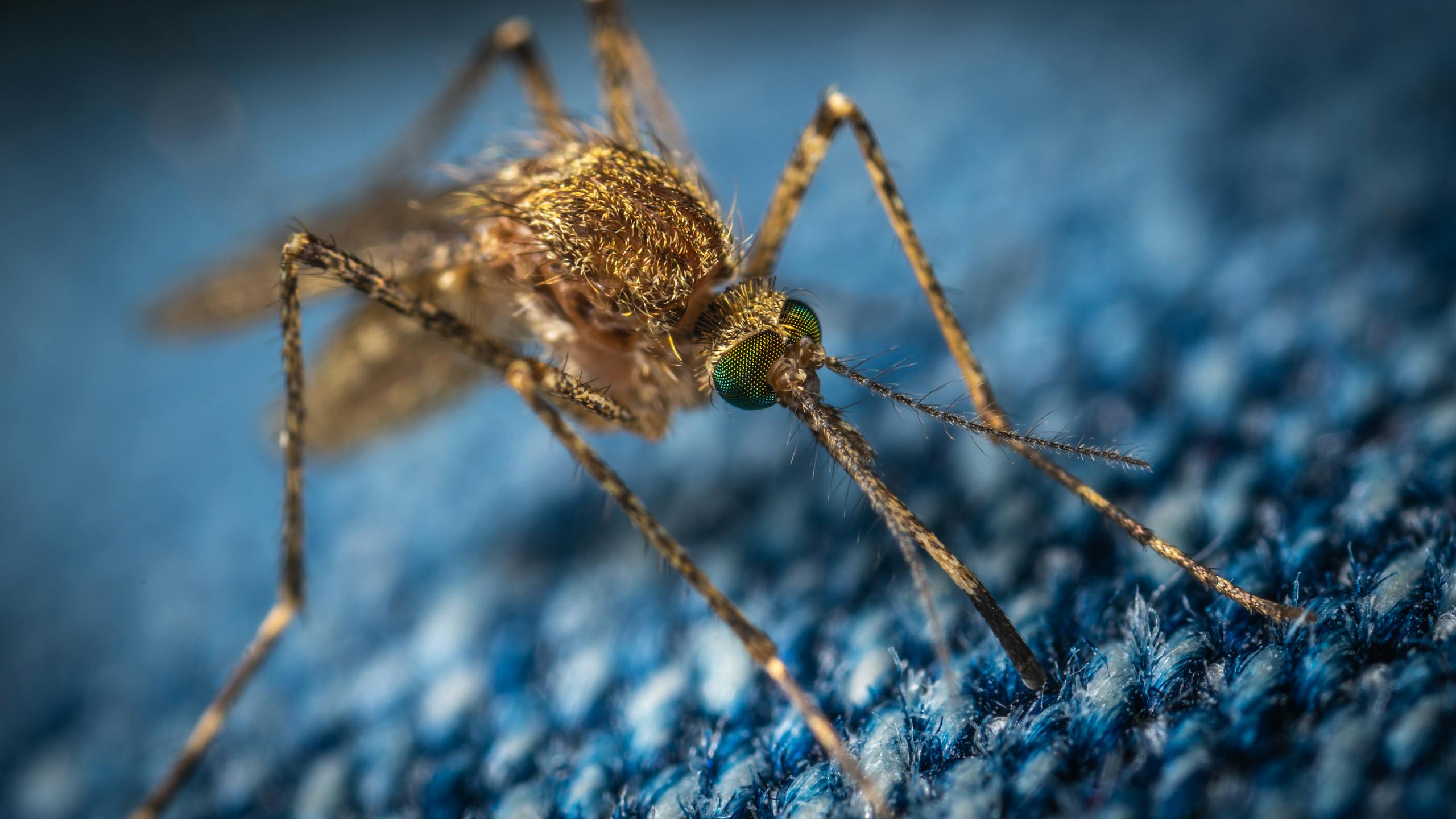China Battles Its Worst Chikungunya Outbreak in History

Southern China is currently facing a massive chikungunya outbreak, the largest ever documented in the country. The outbreak, centered in Guangdong Province, has spread rapidly since late July 2025, overwhelming local health systems and sparking strict mosquito-control campaigns.
To date, more than 7,000 confirmed cases have been reported, with the majority clustered in Foshan City, particularly in the Shunde District, which alone accounts for over 3,600 infections. Additional cases have emerged in Guangzhou, Shenzhen, Hong Kong, and Macao, raising concern across the region.
Unlike diseases such as COVID-19, chikungunya is not transmitted from person to person. Instead, it requires a mosquito vector, primarily the Aedes aegypti and Aedes albopictus species—mosquitoes also responsible for spreading dengue and Zika viruses. With the right environmental conditions, these mosquitoes thrive and multiply, making outbreaks like this difficult to control once they begin.
What is Chikungunya?
Chikungunya is caused by the chikungunya virus (CHIKV), an RNA virus belonging to the Alphavirus genus in the Togaviridae family. The word “chikungunya” comes from the Kimakonde language in East Africa and loosely translates to “that which bends up,” referring to the stooped posture caused by severe joint pain, one of the hallmark symptoms.
The illness typically begins suddenly with:
- High fever
- Severe joint pain (often debilitating)
- Muscle aches
- Headache
- Skin rash
In most patients, symptoms last about a week, though joint pain can persist for weeks or even months in some cases. Unlike dengue, chikungunya is rarely fatal, and so far no deaths have been reported in this outbreak. However, its impact on quality of life, especially in large-scale outbreaks, is significant.
Scale of the Outbreak in China
This is the first major chikungunya outbreak ever recorded in Guangdong Province and the largest in China’s history. Initial reports from late July estimated around 4,000 cases, but by mid-to-late August, that number had risen sharply to over 7,000. Some sources even report totals approaching 8,000 infections.
From August 17 to 23 alone, Guangdong logged 336 new locally transmitted cases. Importantly, no severe or fatal cases have been documented so far, but the scale itself has alarmed both local and international health experts.
Why Did This Outbreak Happen?
Several factors contributed to the rapid escalation:
- Climate and Environment
Southern China is hot, humid, and prone to heavy summer rainfall—perfect conditions for mosquito breeding. Stagnant water collected in urban environments creates countless breeding sites. - Urbanization and Population Density
Cities like Foshan and Guangzhou are highly urbanized and densely populated. These living conditions make mosquito-borne viruses spread much faster once introduced. - Lack of Immunity
Because chikungunya has not historically circulated in southern China, the local population has very low immunity. This creates a vulnerable pool of susceptible individuals. - Global Travel and Importation
Researchers suggest that the virus may have been introduced by infected travelers, then amplified locally through mosquito vectors. - Surveillance Gaps
Early introductions may have gone undetected, allowing the virus to establish itself before public health authorities realized the scale of the problem.
Clinical and Epidemiological Details
Chikungunya behaves differently than many viral diseases:
- It requires mosquito transmission, meaning it cannot pass directly between people.
- Patients in Foshan have been hospitalized for at least seven days or until they test negative, as a precaution to reduce further mosquito exposure.
- Local hospitals have expanded capacity, with over 7,200 mosquito-proof isolation beds now available in Foshan alone.
Although the illness is rarely fatal, the sheer number of cases has strained hospitals and drawn significant resources toward mosquito control and patient management.
Control Measures in Guangdong
China has responded with a multi-layered containment strategy aimed at breaking the mosquito transmission cycle.
1. Mosquito Control
- Eliminating stagnant water across neighborhoods.
- Spraying insecticides and larvicides in affected areas.
- Deploying drones to identify water accumulation sites and spray insecticides.
- Releasing larvae-eating fish in water bodies to naturally reduce mosquito larvae.
- Introducing Toxorhynchites splendens (cannibal mosquitoes), whose larvae feed on other mosquito larvae.
2. Enforcement Measures
- Residents who fail to remove stagnant water can face fines up to 10,000 yuan.
- In extreme cases, households noncompliant with mosquito-control directives risk electricity cuts.
- Mandated hospitalization for confirmed patients, especially in Foshan.
- Mosquito nets in homes and hospitals to reduce bites and block transmission.
3. Public Health Campaigns
- Media campaigns encourage people to wear repellent, cover containers, and clear breeding sites.
- Schools and workplaces are also participating in mosquito-awareness programs.
4. Medical Measures
- Hospitals have boosted testing and monitoring for suspected cases.
- Since no specific antiviral treatment exists, doctors provide symptomatic care—pain relief, fluids, and rest.
- Genomic surveillance is underway to monitor virus evolution and trace its spread.
The Role of Climate Change
The outbreak highlights how climate change is altering disease dynamics worldwide. Rising global temperatures and shifting rainfall patterns create longer breeding seasons and larger habitats for Aedes mosquitoes. What was once primarily a tropical and subtropical disease zone is now expanding into new areas, including temperate regions.
Southern China, with its rapid urbanization, dense population, and subtropical climate, is especially vulnerable. Public health officials worry that arboviruses like chikungunya, dengue, and Zika could become recurring seasonal challenges in the region.
International Reactions
The outbreak has not gone unnoticed abroad. The U.S. CDC is considering issuing a travel notice for China, warning travelers about chikungunya risk. Other countries may follow if the outbreak spreads further or if international cases linked to China begin to appear.
At the same time, the World Health Organization (WHO) has stressed the importance of surveillance, mosquito control, and international cooperation. In 2023, WHO launched the Global Arbovirus Initiative, and this outbreak is exactly the kind of crisis that highlights why such coordinated responses are needed.
Comparing with Past Outbreaks
Chikungunya is not new globally. Outbreaks have been documented in Africa, India, Southeast Asia, and even the Caribbean. The 2005–2006 outbreak in the Indian Ocean islands infected nearly 1.4 million people. In 2013, the virus spread rapidly in the Caribbean and the Americas, causing hundreds of thousands of infections.
China’s 2025 outbreak is not as large as those historical ones yet, but it is unprecedented for the country. Experts warn that this may not be the last time southern China faces chikungunya.
What People Can Do
Authorities can implement large-scale measures, but community participation is critical. The most effective way to reduce chikungunya transmission is to limit mosquito breeding sites. Individuals can:
- Empty containers that collect rainwater.
- Use mosquito repellents and bed nets.
- Install screens on windows and doors.
- Keep gutters clean and water storage tightly covered.
Personal vigilance, combined with government measures, offers the best chance at slowing down and eventually halting the outbreak.
The Bigger Picture
Chikungunya is just one of many mosquito-borne diseases threatening global health. Dengue, Zika, yellow fever, malaria, and West Nile virus are all influenced by the same environmental and human factors: climate, urbanization, and global travel.
The Guangdong outbreak is a reminder that diseases once confined to certain regions can suddenly emerge in new places. Stronger genomic surveillance, vector control programs, and public awareness campaigns will be essential worldwide to prepare for these shifting threats.
Final Thoughts
China’s current chikungunya outbreak underscores how vulnerable modern cities are to mosquito-borne diseases. With over 7,000 cases and counting, the scale is unprecedented for China, though the absence of fatalities so far is reassuring. What makes this outbreak alarming is not just the numbers but the warning it sends: as climate change reshapes our environment, diseases like chikungunya are finding new homes.
Public health systems, both in China and globally, will need to adapt quickly—through stronger surveillance, better mosquito control, and international collaboration—if we are to stay ahead of the next outbreak.
Research Reference: Outbreak of chikungunya fever in Guangdong: transmission and control of arboviruses





